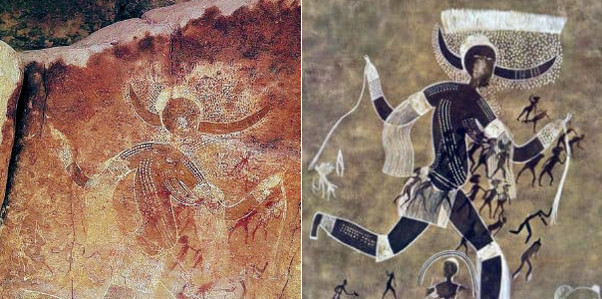A Journey Through Time: The Tassili n’Ajjer Plateau
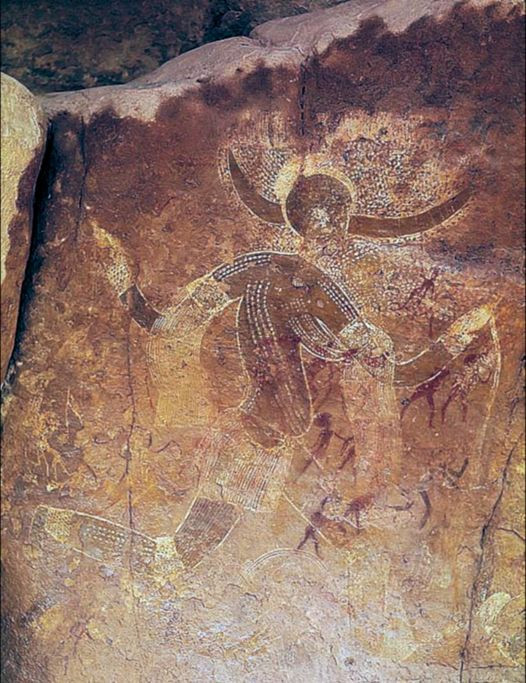
In the heart of the Sahara Desert lies a hidden treasure trove of ancient art and history – the Tassili n’Ajjer plateau. This UNESCO World Heritage site in Algeria is home to over 15,000 rock paintings, each offering a glimpse into the lives of our distant ancestors. Among these remarkable artworks, one figure stands out, captivating the imagination of archaeologists and history enthusiasts alike: the “Running Horned Woman.”
Discovery of a Prehistoric Masterpiece
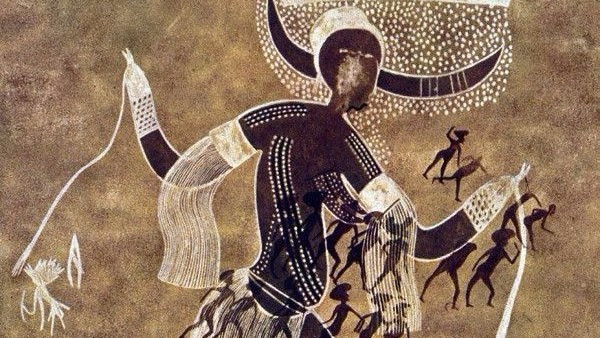
The story begins in the 1930s when a French Foreign Legion officer stumbled upon an intriguing image hidden beneath centuries of desert dust. By simply wetting the rock surface, he revealed a dynamic figure adorned with horns and fringes. This discovery would later be popularized by the renowned archaeologist Henri Lhote in the 1950s, bringing global attention to the artistic wonders of the Tassili n’Ajjer.
Decoding Ancient Symbolism
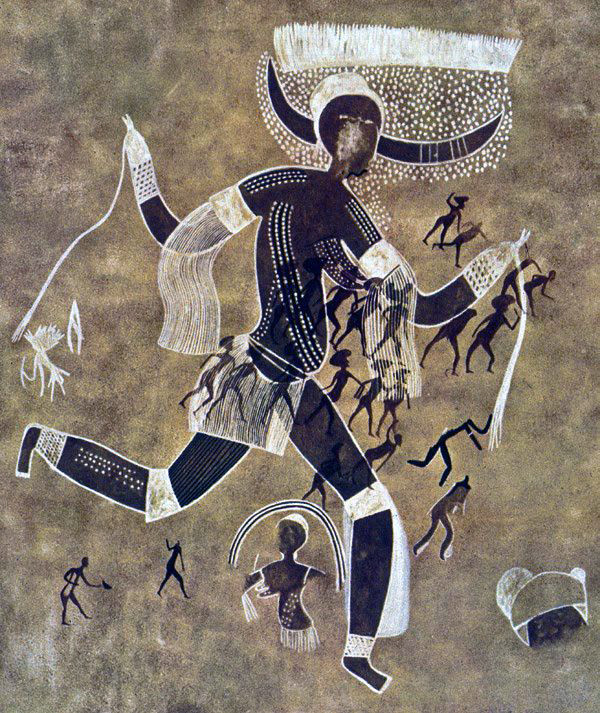
Dating back to between 6,000 and 4,000 BC, the “Running Horned Woman” continues to puzzle experts. The horns adorning her head have sparked numerous theories – do they represent a connection to cattle, a link to the divine, or perhaps a ritualistic role in ancient society? Her frenzied pose suggests involvement in a ceremonial dance or fertility rite, offering tantalizing clues about the spiritual practices of our ancestors.
From Verdant Paradise to Desert Wonder
The Tassili n’Ajjer wasn’t always the arid landscape we see today. Once a lush, green haven teeming with wildlife, it has transformed over millennia into a stark, otherworldly terrain. Yet, even as the environment changed, the human spirit of creativity endured, leaving behind a stunning visual record of life in this ever-evolving landscape.
A Window to the Past
As we explore the mysteries of the “Running Horned Woman” and the countless other masterpieces scattered across the Tassili n’Ajjer, we’re granted a rare opportunity to connect with our shared human heritage. These ancient artworks serve as a bridge between past and present, inviting us to ponder the rich tapestry of human history and the enduring power of artistic expression.
Preserving a Global Treasure
Recognized as a UNESCO World Heritage site in 1982, the Tassili n’Ajjer plateau stands as a testament to the ingenuity and creativity of our ancestors. Today, it continues to inspire visitors from around the world, offering a chance to step back in time and unravel the secrets of our distant past.
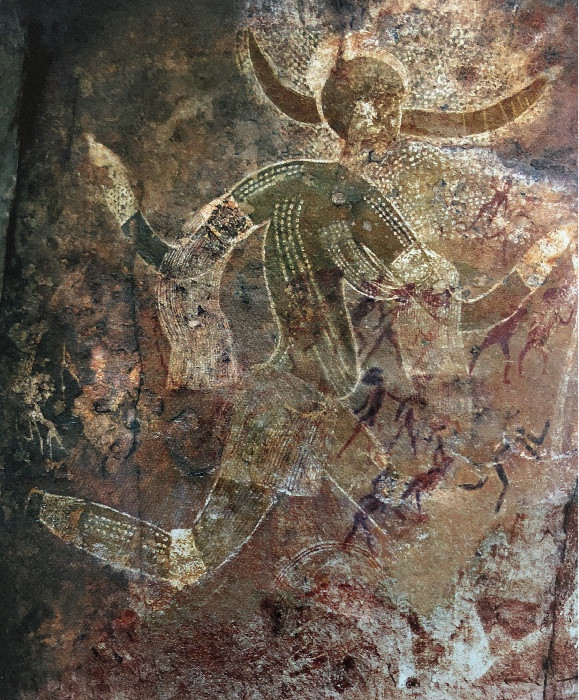
As we continue to study and protect this remarkable site, the “Running Horned Woman” remains a powerful symbol of the mysteries that still lie hidden in the sands of time. Her enigmatic presence reminds us that there is always more to discover about our shared human story, urging us to keep exploring, questioning, and marveling at the wonders of our ancient world.
